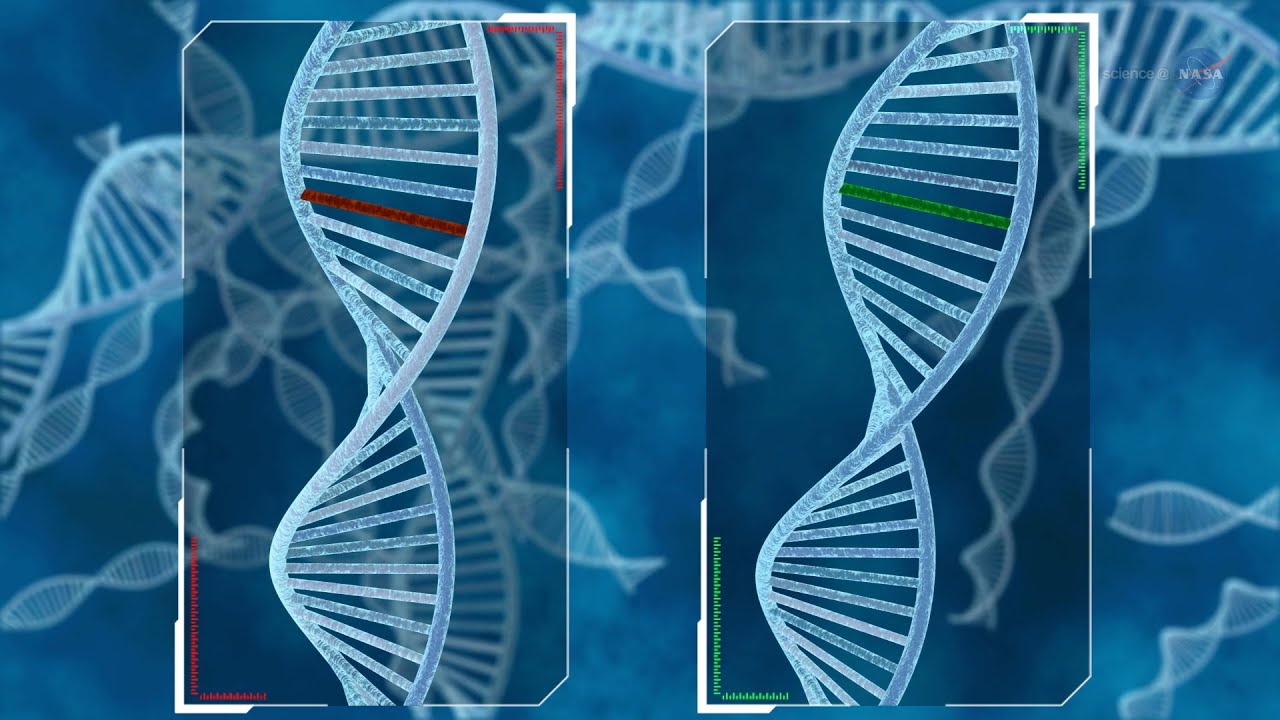Some inherited genetic mutations have obvious harmful effects, such as those associated with cystic fibrosis or sickle cell anemia. Now, scientists are learning more about stress-induced effects of gene mutations. We have known for some time that certain astronauts who had spent time at the International Space Station developed vision problems.1 Spaceflight exerts unique stresses on the body, particularly the physical forces of launch and reentry and extended time in the microgravity environment of space. But not all astronauts developed vision problems, with incidence of specific problems varying from 10% to 60%. This observation led to the question of whether there was some underlying commonality among the astronauts who developed vision problems that was brought out by the stress of spaceflight. Such commonalities were found in a 2012 study2 to be metabolites of the biochemical process known as 1-carbon metabolism.
A recent study from NASA that included NRI Director Steven Zeisel, Ph.D., as a coauthor,3 reports that specific mutations to two genes involved in 1-carbon metabolism (MTRR and SHMT1), are associated with altered risk of developing visual problems. The study authors also report that a lower circulating level of B-vitamins (critical factors in 1-carbon metabolism) is associated with increased risk. At this point, these findings should be regarded as preliminary, especially as the study sample (astronauts who have lived on the space station) is limited in size, and only five genes were analyzed. Also, mechanistic information is absent, and whether MTRR and SHMT1 are themselves functionally involved in the susceptibility to visual problems, or serve as markers for other genes, has yet to be determined. Yet, the observed associations do support a genetic basis for susceptibility to stress-induced visual problems.
It is, therefore, notable that the visual problems experienced by the astronauts are also common to the general population, and not restricted to those who have spent time in space (or more specifically, a microgravity environment). Many of the overall symptoms (including vision changes and altered 1-carbon pathway metabolite levels) are common to patients with polycystic ovary syndrome, which affects approximately 10% of women. Also, the same MTRR and SHMT1 alleles have been shown to be associated with other physiological effects (coronary artery disease, oxidative stress), that may be indicative of common pathology that shows up in different ways depending on the stressor. If so, the implications of this study could be far-reaching.
1Mader TH, Gibson CR, Pass AF, Kramer LA, Lee AG, Fogarty J, Tarver WJ, Dervay JP, Hamilton DR, Sargsyan A, Phillips JL, Tran D, Lipsky W, Choi J, Stern C, Kuyumjian R, Polk JD (2011). Optic disc edema, globe flattening, choroidal folds, and hyperopic shifts observed in astronauts after long-duration space flight. Ophthalmology, 118:2058-69.
2Zwart SR, Gibson CR, Mader TH, Ericson K, Ploutz-Snyder R, Heer M, Smith SM (2012). Vision changes after spaceflight are related to alterations in folate- and vitamin B-12-dependent one-carbon metabolism. J Nutr. 142:427-31.
3Zwart SR, Gregory JF, Zeisel SH, Gibson CR, Mader TH, Kinchen JM, Ueland PM, Ploutz-Snyder R, Heer MA, Smith SM (2016). Genotype, B-vitamin status, and androgens affect spaceflight-induced ophthalmic changes. FASEB J. 30:14


